265 pairs of shoes, 932 hats, nearly 300 dresses and 31 long, feathery scarves — this is what you could find if you rooting through Anna Piaggi’s closet. The Italian fashion maven’s wardrobe contained a vast collection of haute couture and vintage designs by Piaggi’s most beloved brands; she paired this ever-changing kaleidoscope of colors and textures with cobalt blue locks and shiny-red lipstick. Since the beginning of her breakthrough career in the 70s, the iconic fashion journalist has been praised for her unmistakable style and her pioneering double page spreads in Vogue Italia, which have been instrumental in the creation of contemporary fashion language. Behind Piaggi’s dramatic makeup and her brilliant writing, however, there lied a complex figure who never grew accustomed to the standards and trends of the fashion world — a woman who (despite living in Catholic, self-righteous, post-war Italy) managed to profit from her natural artistic sensibility, celebrating her independence and her identity as a writer.
It’s precisely this multifaceted identity that caught the attention of director Alina Marazzi, who portrays the editor in her last documentary film, Anna Piaggi, A Visionary of Fashion, which screened this weekend at the Fashion Film Festival in Milan. Through a collage of images, vintage footage, and graphics, the film traces Piaggi’s illustrious career, from her first encounter with her husband, Alfa, to her friendship with Karl Lagerfeld to her and all the countless fashion shows she attended in between. Alina draws inspiration from the private life of her subjects, giving us a rare behind-the-scenes glimpse into the life of the writer by intermingling different visual languages — just as Anna did with her looks and her column.
Through Marazzi’s experimental narrative, we are able to better comprehend the importance of Piaggi’s legacy. She was a woman who broke the mold by following her natural inclinations with audacity and dedication.
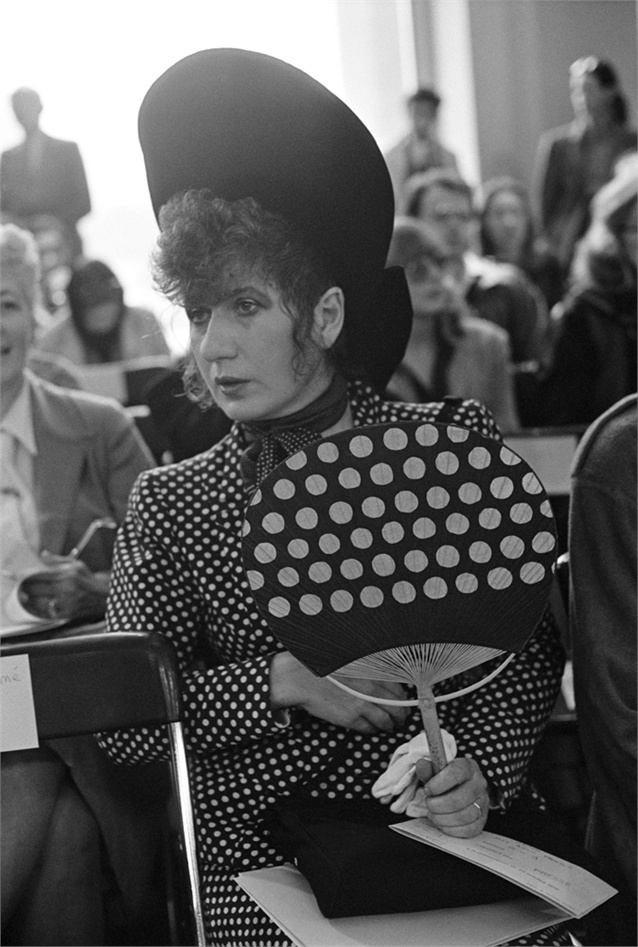
Why did you decide to do a documentary on Anna Piaggi?
I picked Anna Piaggi because she’s a personality — and most importantly, a woman — that arouses people’s curiosity. I had the chance to learn about her huge legacy, her enormous collection of clothes, and her own private universe. From there, I tried to get more information about her and understand who lied behind her outer appearance, beyond those incredible looks that made her famous all around the world. I used to see Anna walking on the streets of Milan and I’ve always been interested in getting to know her better; the fact that she managed to communicate a message through her look has always been so fascinating to me. She offered an authentic glimpse into fashion as a form of artistic expression. What struck me in particular is the fact that she was a free spirit, and yet she picked her looks and words extremely carefully. The fashion industry can be a cutthroat world, but Anna knew how to approach it with wit and humor. She conveyed a sense of excitement and fun, but at the same time, she was a very deep person and not at all superficial.
Your past films have aimed to show that the complexity of women is often their biggest strength. How did you succeed in portraying such a multifaceted figure?
In the film you will find some graphics renditions; I collected quite a lot of photos shot by Anna’s husband, Alfa Castaldi, and Bardo Fabiani, who worked with her at Vogue. There aren’t many videos of her around, but we managed to find some. The documentary is, in a certain sense, a collection of memories of her loved ones — there’s a lot of archival material in there. I have to say it’s been truly interesting to rummage through her past, it’s something I like to do with all the subjects I decide to portray on the screen.
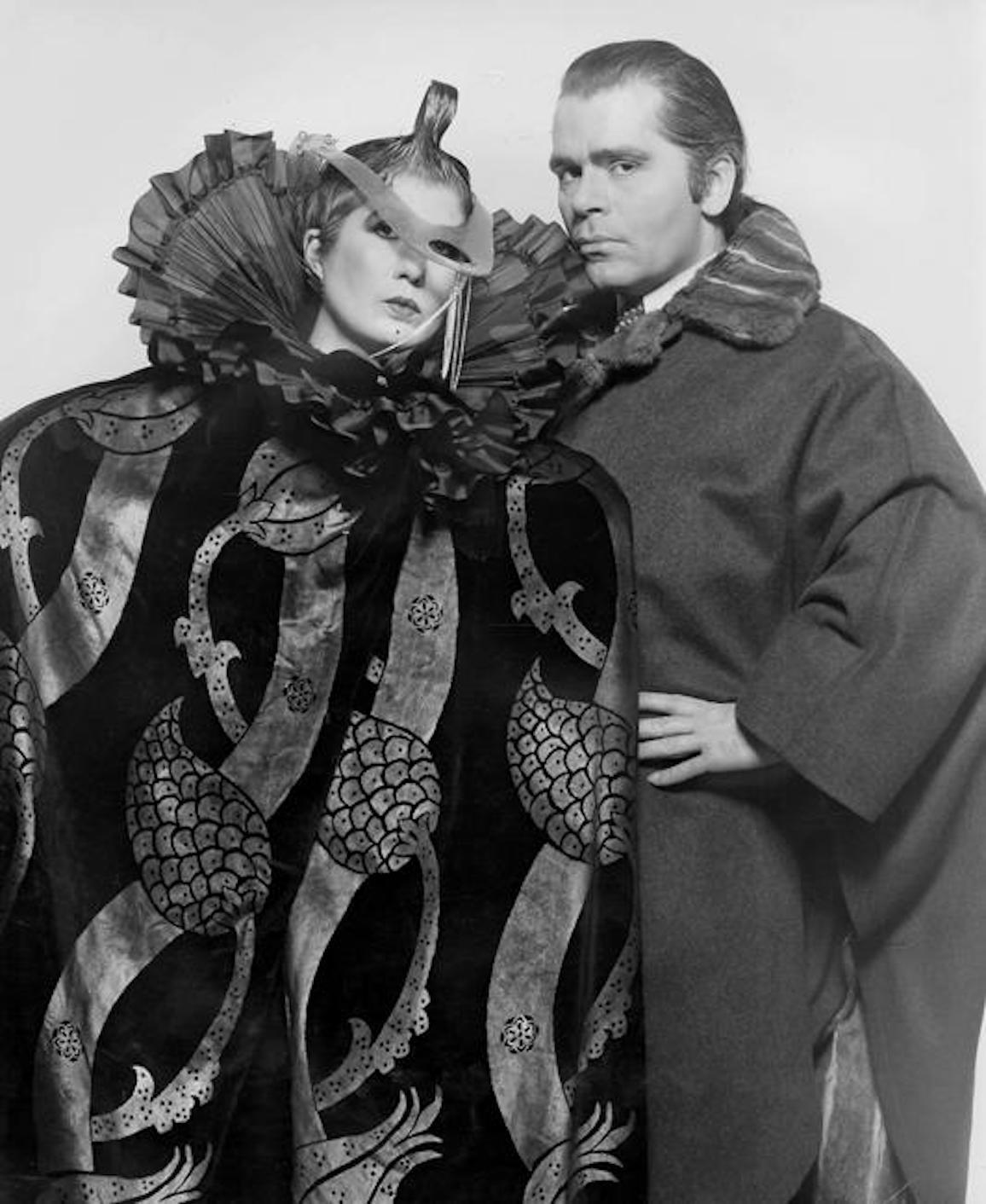
Anna Piaggi and Karl Lagerfed by Renato Grignaschi, 1978
From For One More Hour with You to We Want Roses Too, women take center stage in your films. While tracing Anna’s biography, what did you discover about the woman behind the icon?
She was a woman who managed to live by her work and, beside being financially independent, she was broad-minded and lived by her own rules. She began her career in the 50s, so she’s a generation older than the female protagonists of We Want Roses Too. At that time, Milan plunged into a dim atmosphere; there was a strong sense of discontent and people wanted to change that. Anna’s husband and their intellectual circle felt the urge to create something new by merging different disciplines. As an editor and fashion writer — and later with the invention of her “Doppie Pagine” — Anna has pioneered a new way of writing about fashion, creating visual messages of rare effectiveness.
Anna was also a well-read woman; she was an art connoisseur and she knew the history of costume by heart. You can find many references to art in her looks as well — she felt free to wear whatever she liked as long as it reflected the person she was. She created a unique aesthetic that broke the beauty standards of the industry. Her approach to love and relationships was open and unconventional as well — for some time she lived together with her husband and Vernon Lambert, an Australian clothing dealer she had met in London.
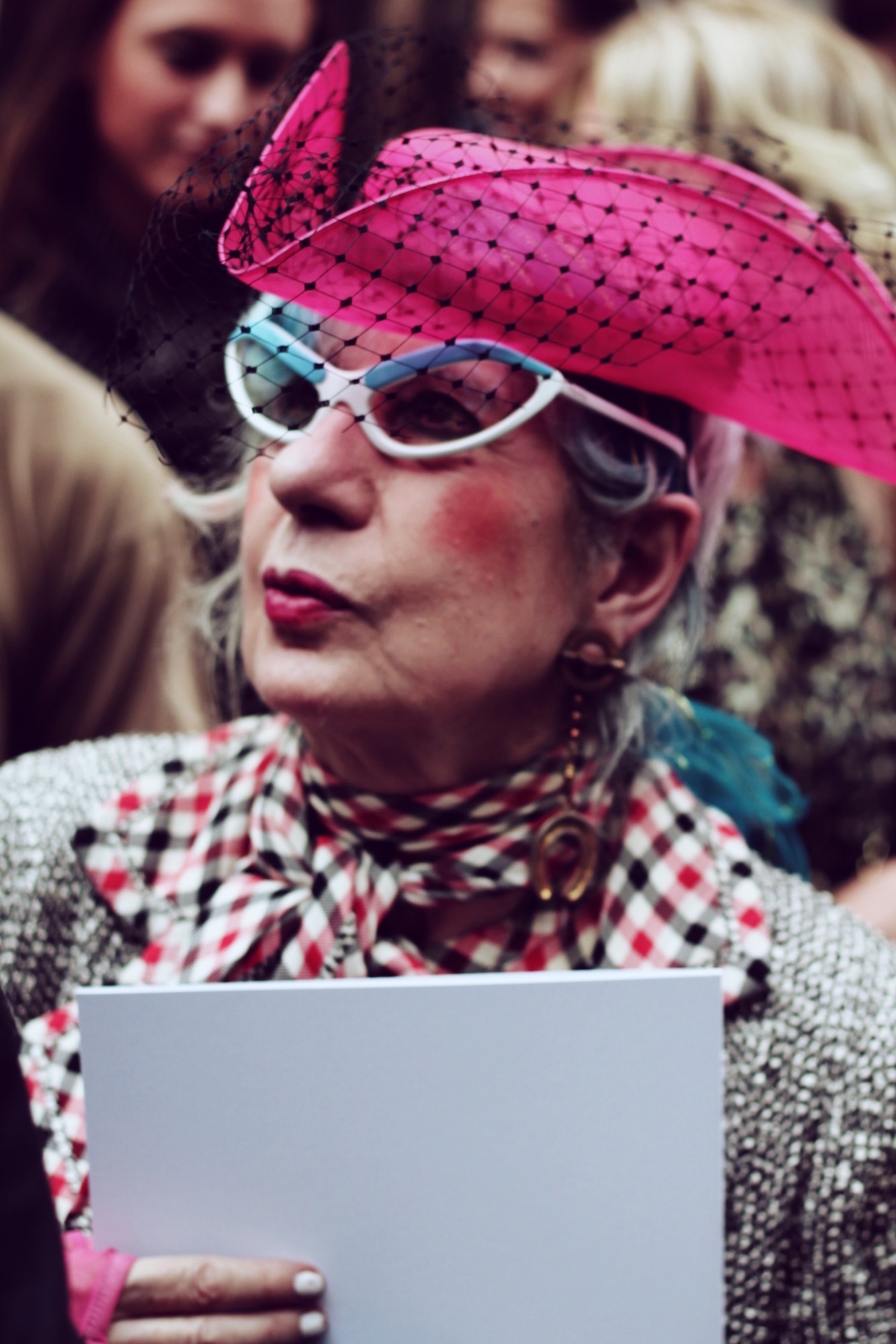
Merging different visual languages, carrying out research, and making room for experimentation is something you and Anna have in common. Be it cinema or fashion, how important is for you to think outside the box to create something new and innovative?
Experimentation allows chaos to generate something completely new. I find it interesting that fashion brands today experiment with fabrics, new technologies, and with the concept of body as well. In the film industry it can be quite difficult to get the attention of the distribution companies if your product is too avant-garde, but luckily today it’s becoming easier to reach out to the public thanks to the internet. I think it’s important to continue to make experimental films. From my personal experience, I can say they have an enduring quality.
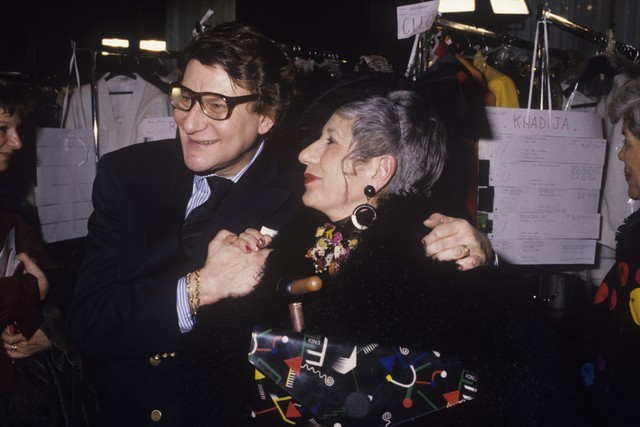
If Anna Piaggi could teach something to all the young people who are willing to work in the fashion industry, what would it be?
Anna has always been very supportive of young designers; she encouraged those brands who later became some of the most successful Italian luxury brand, like Versace and Moschino. Young people who work in fashion still appreciate her very much because she taught them to be independent, curious, and respectful towards the work of others. This was Anna’s greatest strength — she perfectly combined rigor with her insatiable appetite for freedom.
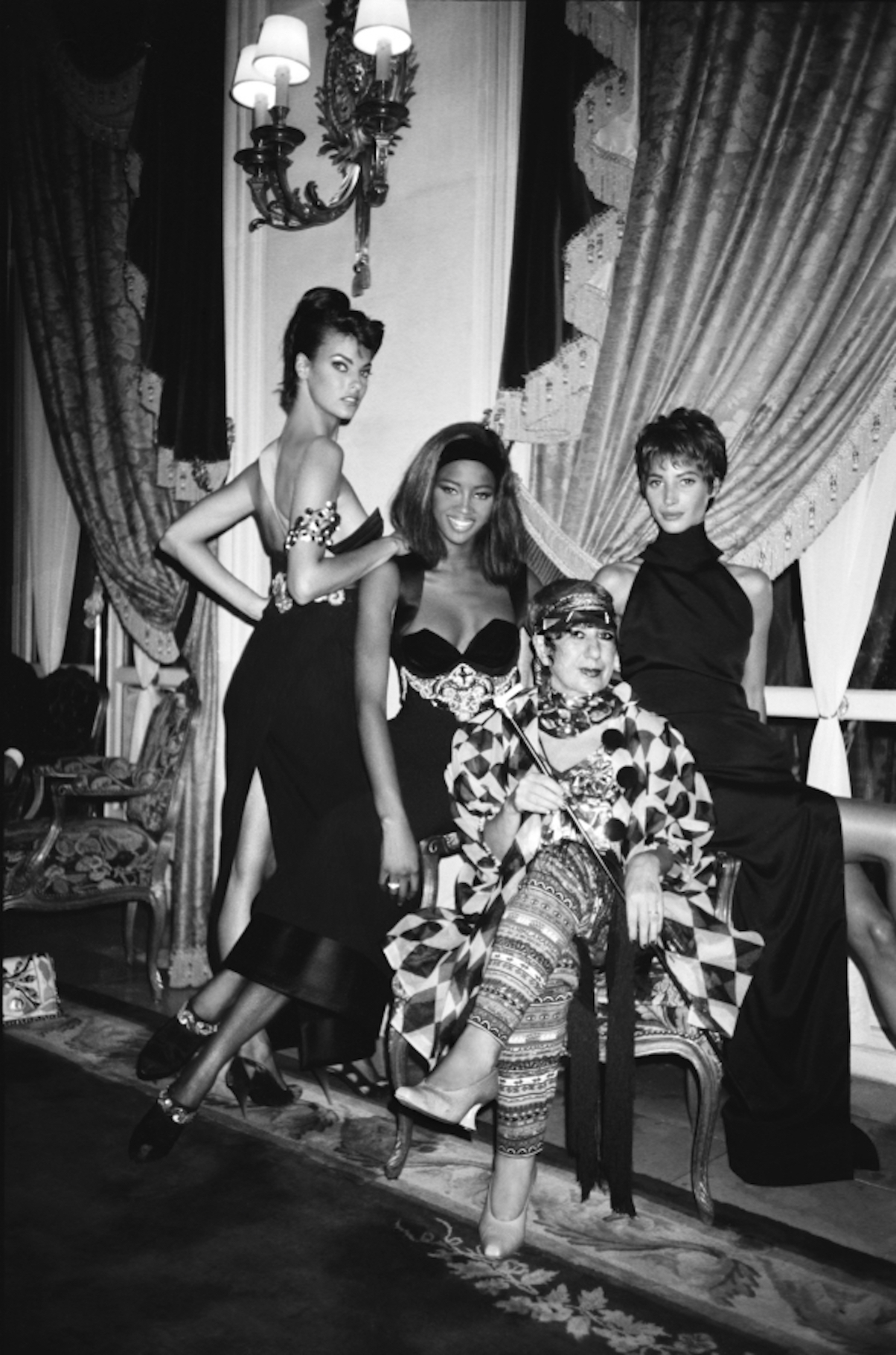
Credits
Text Giorgia Baschirotto